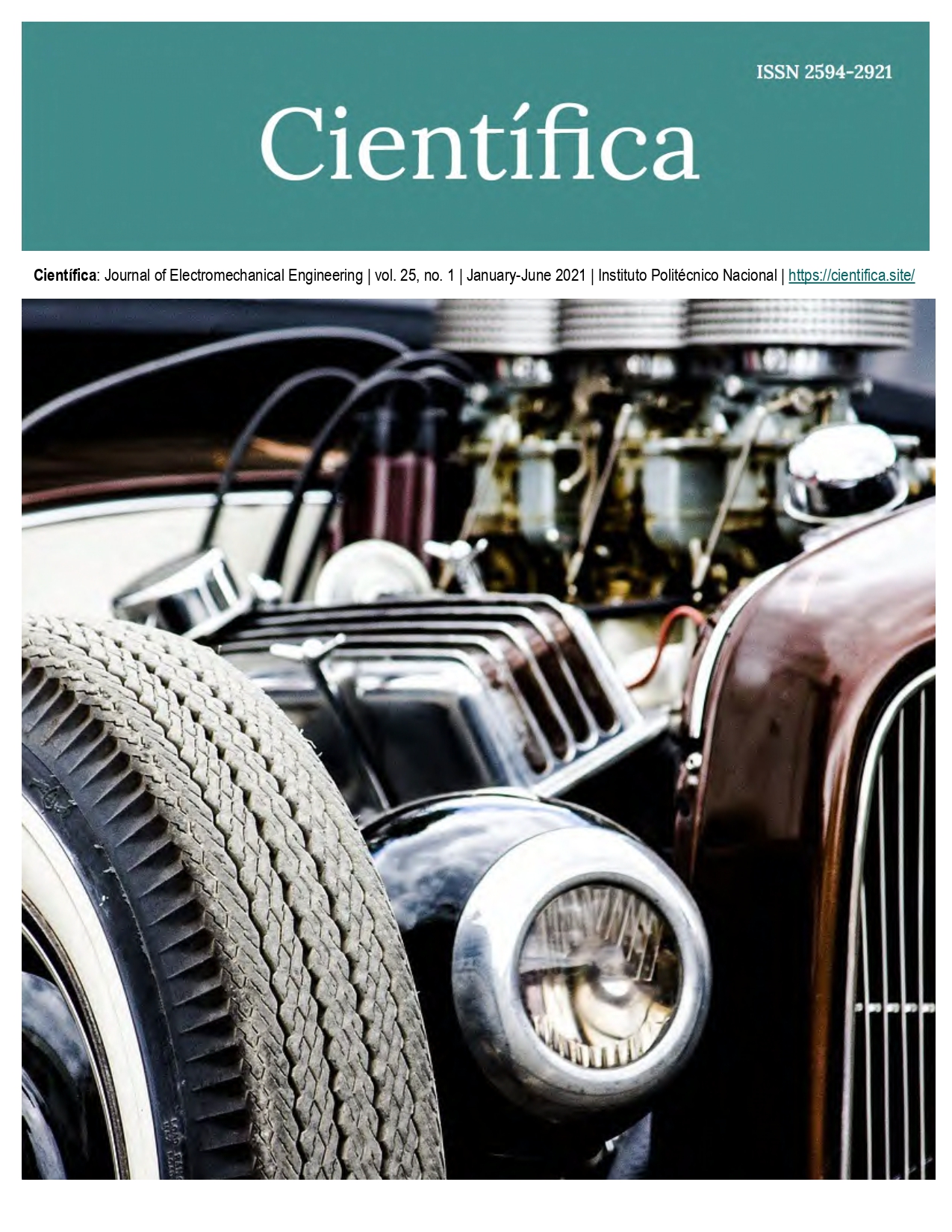Design of Control Interface for a SCARA Manipulator with Subactuated Final Effector
DOI:
https://doi.org/10.46842/ipn.cien.v25n1a06Keywords:
arduino, kinematics, virtual Interface, SCARA, dynamicsAbstract
The decoupled control of robots eases the generation of trajectories of position, speed and acceleration, as well as the combination of sequences of movement in the joints. The aim of this work is to develop an application for motion control, integrating a virtual model into a prototype SCARA manipulator of 4 DOF. The methodology consists: 1. Definition of the manipulator's workspace; 2. Preparation of the control diagram in LabVIEW; 3. Configuration and communication with Arduino hardware. 4. Development of the interface for simultaneous movements; 5. Configuration of the communication interface with SolidWorks. Developing such integration requires particular hardware characteristics that support simulation and communication environments between the different software mentioned, as well as the acquisition and processing of analog signals used in the control algorithm applied to the model, with Lagrange polynomials and direct and inverse kinematics modelling by the Denavit-Hartenberg method.
References
N. Kodaira, “Expected innovation in industrial robots,” Advanced Robotics, p. 8, 2016.
B. B. Rhoades, J. P. Sabo, J. M. Conrad, "Enabling a National Instruments DaNI 2.0 robotic development platform for the Robot Operating System," SoutheastCon 2017, Concord, NC, USA, 2017, pp. 1-5, doi: https://doi.org/10.1109/SECON.2017.7925293
A. Barrientos, L. Peñin, C. Balaguer, R. Aracil, Fundamentos de Robótica, España: McGraw-Hill, 2007.
G. Montiel, R. Cantoral, “Una presentación visual del polinomio de lagrange,” Números. Revista de Didáctica de las Matemáticas, nº 55, pp. 3-22, 2003.
K. García, Youtube, 4 Oct. 2015. [online]. Available: https://www.youtube.com/watch?v=cLdIPzvQAQw
M. Hägele, K. Nilsson, J. Pires, R. Bischoff, Industrial robotics, Springer handbook of robotics, Springer, Cham, 2016.
Downloads
Published
Issue
Section
License
Copyright (c) 2021 Instituto Politecnico Nacional

This work is licensed under a Creative Commons Attribution-NonCommercial-ShareAlike 4.0 International License.

